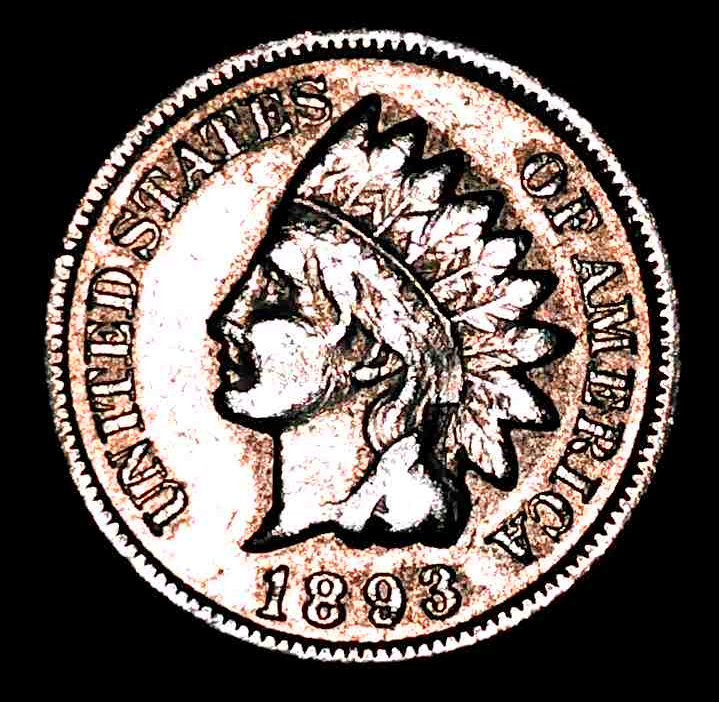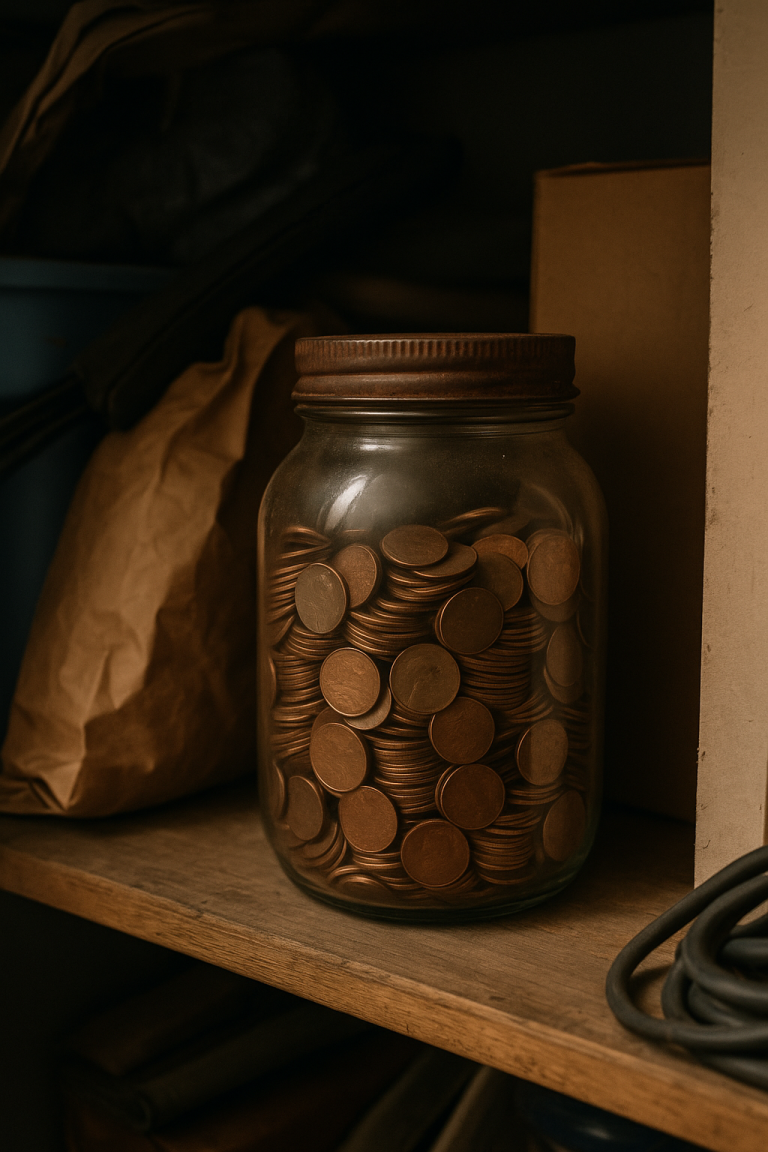When Eye Appeal Goes Wrong
Everyone wants their coins to look good. Bright, glossy, sharp, something that catches the light and says “I’ve been taken care of.” But that instinct to make a coin look better is exactly how a lot of good pieces get ruined.
Collectors and sellers both fall into the same trap. One person polishes a coin to “restore” its beauty. Another wipes it down to make photos pop on eBay. Someone else buffs it up to hide years of grime. It all comes from the same place, but the result is the same. The surface is gone.
Once that natural texture is stripped, the coin can never be what it was. The shine might fool someone new to the hobby, but under real light it tells the truth. That bright, glassy look doesn’t come from minting. It comes from damage.
The Quick Fix That Kills Value

Every collector has done it once. You find a coin that looks dull or dirty and you want to see what’s underneath. A little polish, a quick wipe with a cloth, maybe some soap and water. It feels harmless. But the second you touch that surface, you’ve changed it for good.
That dull tone you thought was dirt might have been natural luster. Those dark patches might have been honest age. When you remove them, you also remove the texture that makes the coin look alive under light. That’s what collectors pay for. Not shine. Character.
There’s also the darker side of it. Some sellers clean coins on purpose to trick beginners. They know that most people equate bright with valuable. So they strip, dip, and buff until the coin looks like chrome. It photographs well, but it’s already ruined.
The Honest Way to Keep Coins Looking Good
Real preservation doesn’t involve scrubbing or shining anything. It’s about slowing down the natural aging process, not reversing it. Handle coins by the edges, keep them dry, and store them somewhere cool with consistent temperature. That’s all it takes.
If you really want to clean something, start with research. Learn the difference between removing surface dirt and destroying patina. A quick rinse in distilled water or a dip in pure acetone can sometimes help if it’s done carefully, but only when you know why you’re doing it. Most of the time, it’s better to leave the coin alone.
Collectors appreciate coins that show their age honestly. A little toning or a few marks tell a story. A mirror-like surface with no texture usually tells a different one. That someone couldn’t leave it alone.
Shine Doesn’t Mean Value
A lot of people chase brightness because it photographs well. Shiny coins grab attention, especially online, but collectors know better. Real value comes from originality. A coin that’s been left alone carries its history in every tiny mark and tone.
When you see a coin that looks unnaturally reflective, stop and think about why. Did it come from the mint that way, or did someone “improve” it? True mint luster has depth. It moves in waves as you tilt the coin under light. A cleaned coin just flashes like metal under a spotlight.
The next time a seller calls a coin “brilliant,” take a closer look. If the shine feels flat or the fields look too smooth, walk away. There’s a big difference between a coin that glows and one that glares.

